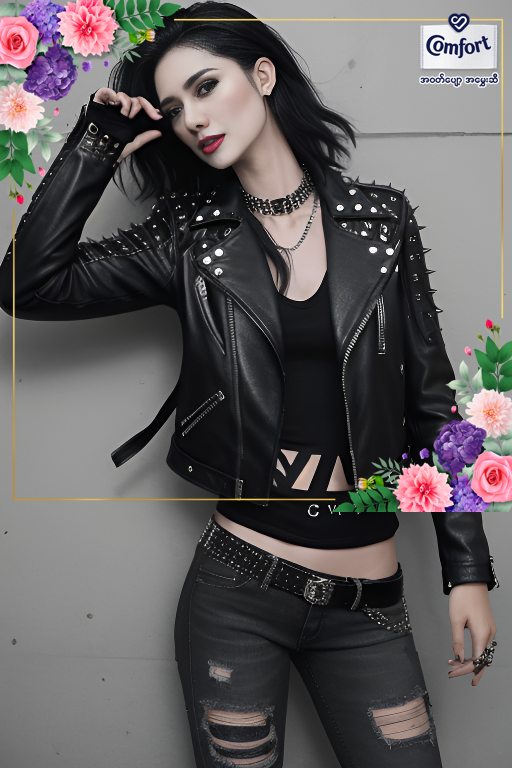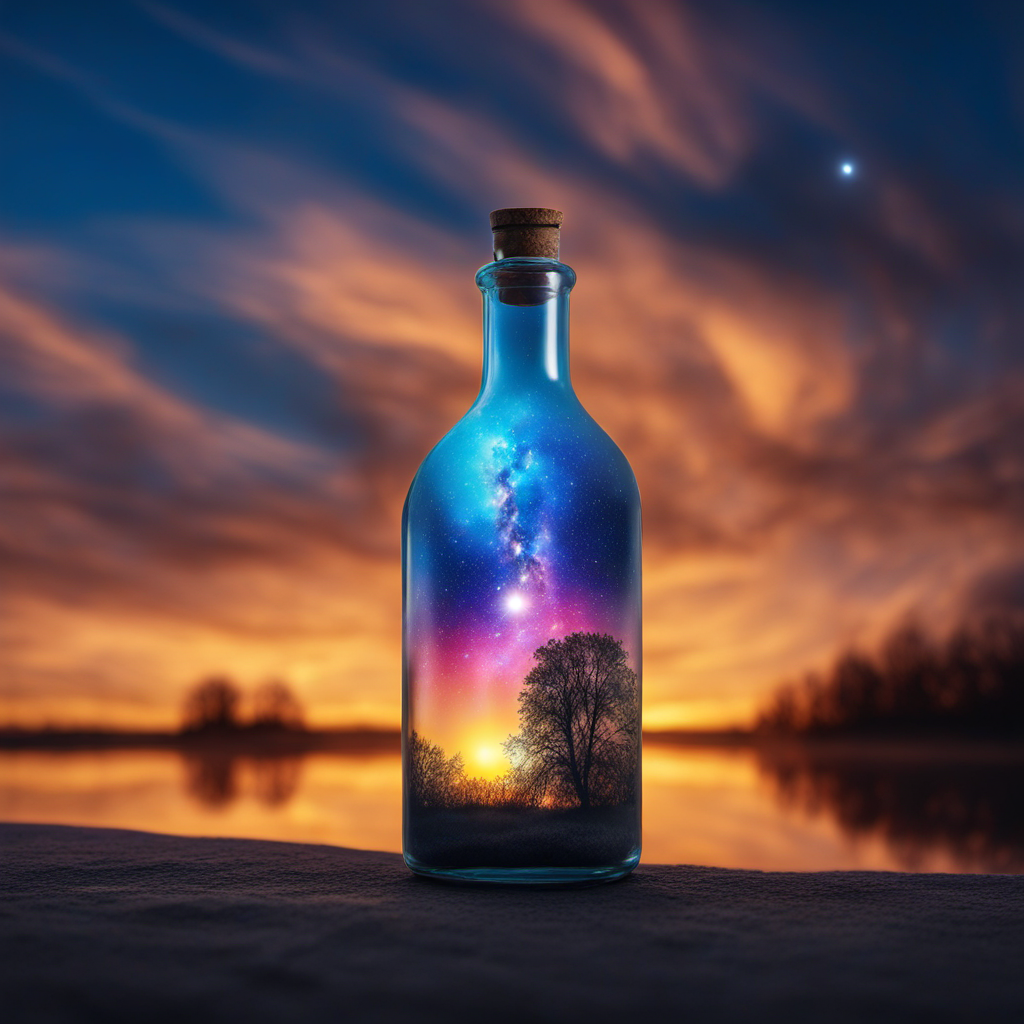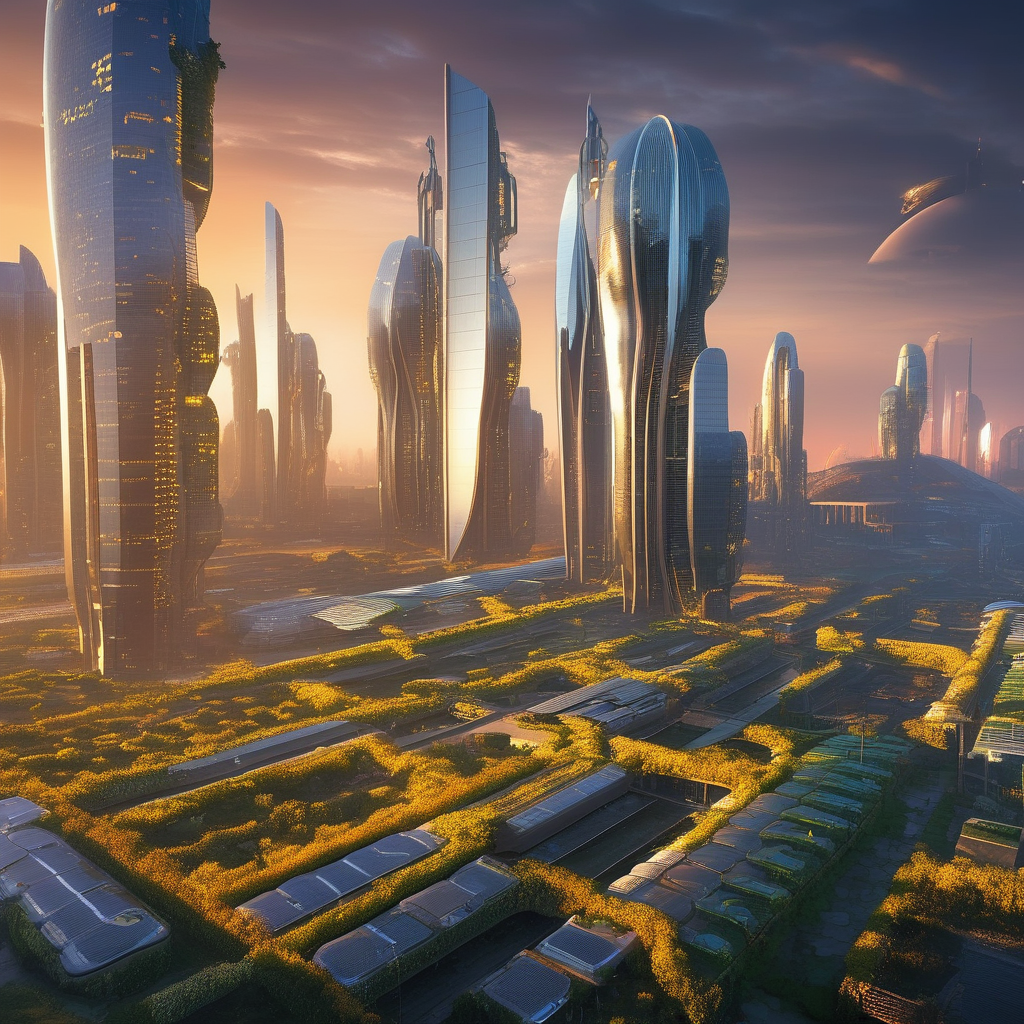comfort-campaign
Maintainer: expa-ai

26

| Property | Value |
|---|---|
| Run this model | Run on Replicate |
| API spec | View on Replicate |
| Github link | No Github link provided |
| Paper link | No paper link provided |
Create account to get full access
Model overview
comfort-campaign is an AI model created by expa-ai that generates image variations based on a provided prompt. It is similar to other text-to-image models like my_comfyui, gfpgan, and inpainting-xl, which also specialize in image generation and editing tasks.
Model inputs and outputs
comfort-campaign takes in a text prompt and various parameters to control the output image, such as the size, number of images, and use of LoRA models. It then generates one or more images based on the provided inputs.
Inputs
- Prompt: The text prompt that describes the desired image
- Seed: A random seed value to control the image generation
- Image: An initial image to generate variations of
- Width and Height: The desired size of the output image
- Occasion: The type of occasion the image is for, such as casual, night out, etc.
- Need LoRA: Whether to use a LoRA (Learned Augmentation) model
- Scheduler: The scheduling algorithm to use for image generation
- Watermark: Whether to add a watermark to the output image
- LoRA Model: The specific LoRA model to use
- LoRA Weight: The weight to apply to the LoRA model
- Num Outputs: The number of images to generate
- Process Type: Whether to generate, upscale, or both generate and upscale the image
- Guidance Scale: The scale for classifier-free guidance
- Upscaler Model: The model to use for upscaling the image
- Negative Prompt: A prompt to exclude certain undesirable elements from the output
Outputs
- Generated Images: The output image(s) based on the provided inputs
Capabilities
comfort-campaign can generate a variety of images based on a text prompt, with the ability to control various parameters like the size, occasion, and use of LoRA models. This allows for the creation of personalized, stylized images for different use cases.
What can I use it for?
You can use comfort-campaign to generate images for a wide range of applications, such as social media posts, e-commerce product photos, or even as part of a creative project. The model's ability to generate images based on specific occasions and styles makes it particularly useful for businesses or individuals looking to create visually appealing content.
Things to try
Try experimenting with different prompts and parameter combinations to see the range of images comfort-campaign can generate. You might also explore using the model in conjunction with other image editing tools or AI models, such as ar or cog-a1111-ui, to further enhance or refine the output.
This summary was produced with help from an AI and may contain inaccuracies - check out the links to read the original source documents!
Related Models

avatar-model

40
The avatar-model is a versatile AI model developed by expa-ai that can generate high-quality, customizable avatars. It shares similarities with other popular text-to-image models like Stable Diffusion, SDXL, and Animagine XL 3.1, but with a specific focus on creating visually stunning avatar images. Model inputs and outputs The avatar-model takes a variety of inputs, including a text prompt, an initial image, and various settings like image size, detail scale, and guidance scale. The model then generates one or more output images that match the provided prompt and initial image. The output images can be used as custom avatars, profile pictures, or other visual assets. Inputs Prompt**: The text prompt that describes the desired avatar image. Image**: An optional initial image to use as a starting point for generating variations. Size**: The desired width and height of the output image. Strength**: The amount of transformation to apply to the reference image. Scheduler**: The algorithm used to generate the output image. Add Detail**: Whether to use a LoRA (Low-Rank Adaptation) model to add additional detail to the output. Num Outputs**: The number of images to generate. Detail Scale**: The strength of the LoRA detail addition. Process Type**: The type of processing to perform, such as generating a new image or upscaling an existing one. Guidance Scale**: The scale for classifier-free guidance, which influences the balance between the text prompt and the initial image. Upscaler Model**: The model to use for upscaling the output image. Negative Prompt**: Additional text to guide the model away from generating undesirable content. Num Inference Steps**: The number of denoising steps to perform during the generation process. Outputs Output Images**: One or more generated avatar images that match the provided prompt and input parameters. Capabilities The avatar-model is capable of generating highly detailed, photorealistic avatar images based on a text prompt. It can create a wide range of avatar styles, from realistic portraits to stylized, artistic representations. The model's ability to use an initial image as a starting point for generating variations makes it a powerful tool for creating custom avatars and profile pictures. What can I use it for? The avatar-model can be used for a variety of applications, such as: Generating custom avatars for social media, gaming, or other online platforms. Creating unique profile pictures for personal or professional use. Exploring different styles and designs for avatar-based applications or products. Experimenting with AI-generated artwork and visuals. Things to try One interesting aspect of the avatar-model is its ability to add detailed, artistically-inspired elements to the generated avatars. By adjusting the "Add Detail" and "Detail Scale" settings, you can explore how the model can enhance the visual complexity and aesthetic appeal of the output images. Additionally, playing with the "Guidance Scale" can help you find the right balance between the text prompt and the initial image, leading to unique and unexpected avatar results.
Updated Invalid Date

my_comfyui

128
my_comfyui is an AI model developed by 135arvin that allows users to run ComfyUI, a popular open-source AI tool, via an API. This model provides a convenient way to integrate ComfyUI functionality into your own applications or workflows without the need to set up and maintain the full ComfyUI environment. It can be particularly useful for those who want to leverage the capabilities of ComfyUI without the overhead of installing and configuring the entire system. Model inputs and outputs The my_comfyui model accepts two key inputs: an input file (image, tar, or zip) and a JSON workflow. The input file can be a source image, while the workflow JSON defines the specific image generation or manipulation steps to be performed. The model also allows for optional parameters, such as randomizing seeds and returning temporary files for debugging purposes. Inputs Input File**: Input image, tar or zip file. Read guidance on workflows and input files on the ComfyUI GitHub repository. Workflow JSON**: Your ComfyUI workflow as JSON. You must use the API version of your workflow, which can be obtained from ComfyUI using the "Save (API format)" option. Randomise Seeds**: Automatically randomize seeds (seed, noise_seed, rand_seed). Return Temp Files**: Return any temporary files, such as preprocessed controlnet images, which can be useful for debugging. Outputs Output**: An array of URIs representing the generated or manipulated images. Capabilities The my_comfyui model allows you to leverage the full capabilities of the ComfyUI system, which is a powerful open-source tool for image generation and manipulation. With this model, you can integrate ComfyUI's features, such as text-to-image generation, image-to-image translation, and various image enhancement and post-processing techniques, into your own applications or workflows. What can I use it for? The my_comfyui model can be particularly useful for developers and creators who want to incorporate advanced AI-powered image generation and manipulation capabilities into their projects. This could include applications such as generative art, content creation, product visualization, and more. By using the my_comfyui model, you can save time and effort in setting up and maintaining the ComfyUI environment, allowing you to focus on building and integrating the AI functionality into your own solutions. Things to try With the my_comfyui model, you can explore a wide range of creative and practical applications. For example, you could use it to generate unique and visually striking images for your digital art projects, or to enhance and refine existing images for use in your design work. Additionally, you could integrate the model into your own applications or services to provide automated image generation or manipulation capabilities to your users.
Updated Invalid Date

ar

1
The ar model, created by qr2ai, is a text-to-image prompt model that can generate images based on user input. It shares capabilities with similar models like outline, gfpgan, edge-of-realism-v2.0, blip-2, and rpg-v4, all of which can generate, manipulate, or analyze images based on textual input. Model inputs and outputs The ar model takes in a variety of inputs to generate an image, including a prompt, negative prompt, seed, and various settings for text and image styling. The outputs are image files in a URI format. Inputs Prompt**: The text that describes the desired image Negative Prompt**: The text that describes what should not be included in the image Seed**: A random number that initializes the image generation D Text**: Text for the first design T Text**: Text for the second design D Image**: An image for the first design T Image**: An image for the second design F Style 1**: The font style for the first text F Style 2**: The font style for the second text Blend Mode**: The blending mode for overlaying text Image Size**: The size of the generated image Final Color**: The color of the final text Design Color**: The color of the design Condition Scale**: The scale for the image generation conditioning Name Position 1**: The position of the first text Name Position 2**: The position of the second text Padding Option 1**: The padding percentage for the first text Padding Option 2**: The padding percentage for the second text Num Inference Steps**: The number of denoising steps in the image generation process Outputs Output**: An image file in URI format Capabilities The ar model can generate unique, AI-created images based on text prompts. It can combine text and visual elements in creative ways, and the various input settings allow for a high degree of customization and control over the final output. What can I use it for? The ar model could be used for a variety of creative projects, such as generating custom artwork, social media graphics, or even product designs. Its ability to blend text and images makes it a versatile tool for designers, marketers, and artists looking to create distinctive visual content. Things to try One interesting thing to try with the ar model is experimenting with different combinations of text and visual elements. For example, you could try using abstract or surreal prompts to see how the model interprets them, or play around with the various styling options to achieve unique and unexpected results.
Updated Invalid Date

qr2ai

6
The qr2ai model is an AI-powered tool that generates unique QR codes based on user-provided prompts. It uses Stable Diffusion, a powerful text-to-image AI model, to create QR codes that are visually appealing and tailored to the user's specifications. This model is part of a suite of similar models created by qr2ai, including the qr_code_ai_art_generator, advanced_ai_qr_code_art, ar, and img2paint_controlnet. Model inputs and outputs The qr2ai model takes a variety of inputs to generate custom QR codes. These include a prompt to guide the image generation, a seed value for reproducibility, a strength parameter to control the level of transformation, and the desired batch size. Users can also optionally provide an existing QR code image, a negative prompt to exclude certain elements, and settings for the diffusion process and ControlNet conditioning scale. Inputs Prompt**: The text prompt that guides the QR code generation Seed**: The seed value for reproducibility Strength**: The level of transformation applied to the QR code Batch Size**: The number of QR codes to generate at once QR Code Image**: An existing QR code image to be transformed Guidance Scale**: The scale for classifier-free guidance Negative Prompt**: The prompt to exclude certain elements QR Code Content**: The website or content the QR code will point to Num Inference Steps**: The number of diffusion steps ControlNet Conditioning Scale**: The scale for ControlNet conditioning Outputs Output**: An array of generated QR code images as URIs Capabilities The qr2ai model is capable of generating visually unique and customized QR codes based on user input. It can transform existing QR code images or create new ones from scratch, incorporating various design elements and styles. The model's ability to generate QR codes with specific content or branding makes it a versatile tool for a range of applications, from marketing and advertising to personalized art projects. What can I use it for? The qr2ai model can be used to create custom QR codes for a variety of purposes. Businesses can leverage the model to generate QR codes for product packaging, advertisements, or promotional materials, allowing customers to easily access related content or services. Individual users can also experiment with the model to create unique QR code-based artwork or personalized QR codes for their own projects. Additionally, the model's ability to transform existing QR codes can be useful for artists or designers looking to incorporate QR code elements into their work. Things to try One interesting aspect of the qr2ai model is its ability to generate QR codes with a wide range of visual styles and designs. Users can experiment with different prompts, seed values, and other parameters to create QR codes that are abstract, geometric, or even incorporate photographic elements. Additionally, the model's integration with ControlNet technology allows for more advanced transformations, where users can guide the QR code generation process to achieve specific visual effects.
Updated Invalid Date